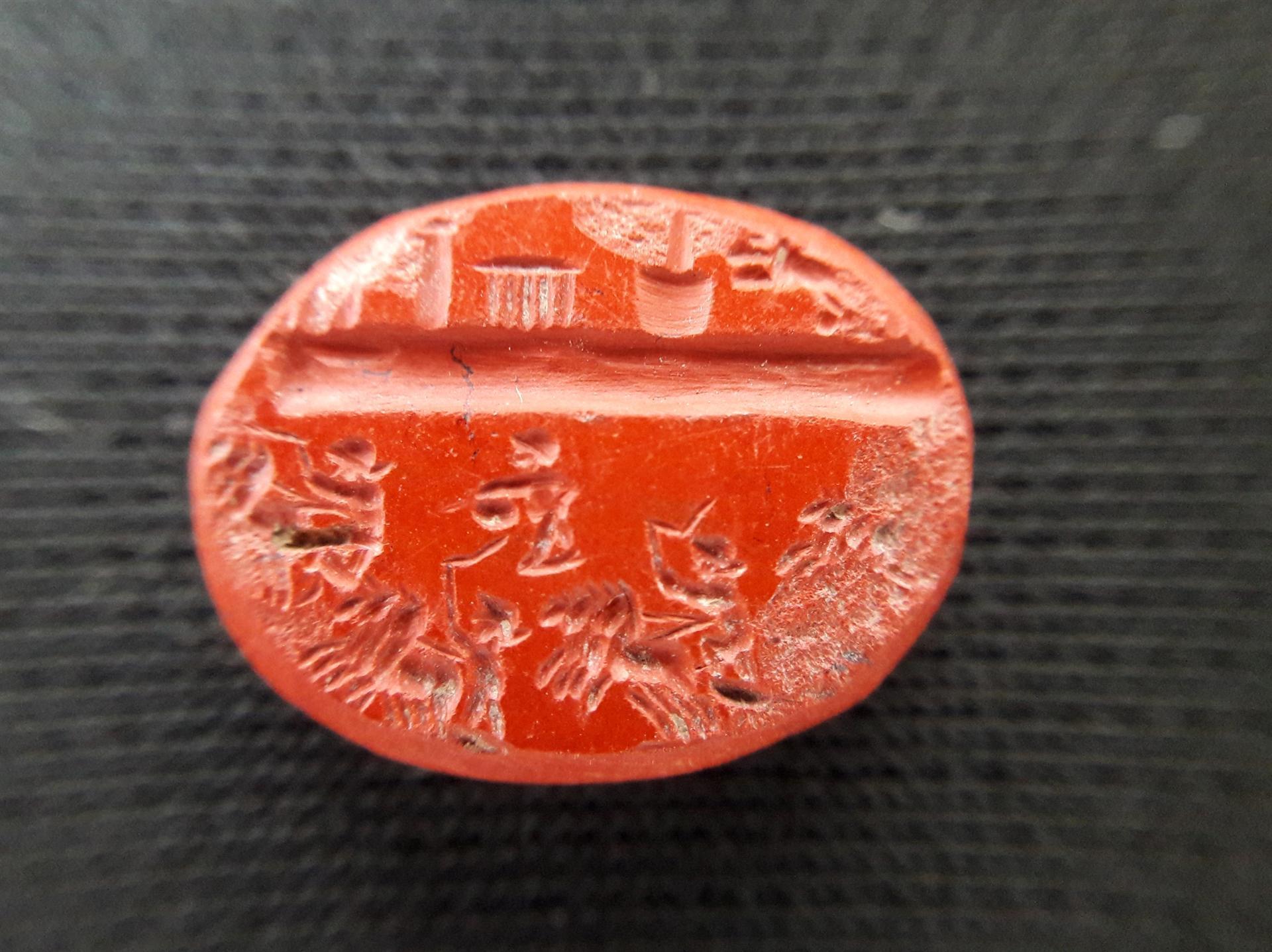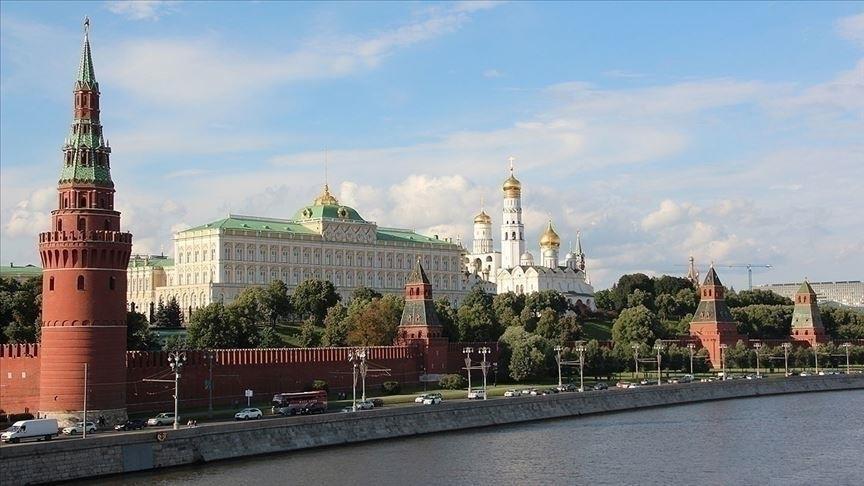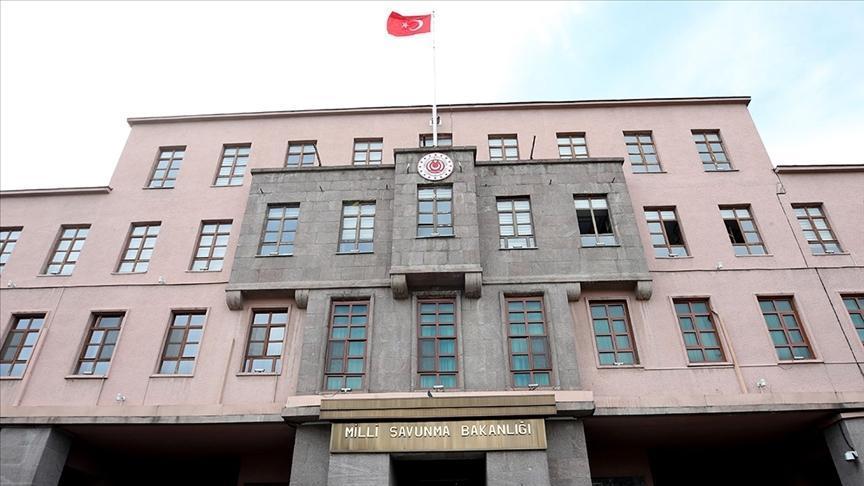Unique Roman signet ring engraved with horses found in Antalya
ANTALYA

Archaeological excavations in Myra, one of the six most important cities of the Lycian Union, and its port Andriake in the southern province of Antalya have unearthed a 1,800-year-old signet ring without a band.
The ring’s one-centimeter stone, made of red Jasper stone, features an engraving of chariots drawn by four horses, a hippodrome and monuments. The depictions on the ring’s stone are defined as the “culmination of artistic fineness.”
Excavations at the ancient city of Myra and Andriake entered its ninth year, according to the head of the excavations, Nevzat Çevik, a professor of Akdeniz University’s classical archaeology department.

He said that this year they carried out cleaning and protection works in Myra and focused on the works carried out in Andriake.
“In order to protect the environment around the Lycian Civilizations Museum, which we established in the region, we particularly worked to complete the excavations in the waterfront and in the areas close to the walking routes. At the same time we want to improve the museum route while continuing our scientific works,” he said.
Çevik said they had started the excavations in the second bath in Andriake this year, adding that they also continued excavations in a Roman-era necropolis.
Speaking of the importance of the excavations in the necropolis field, he said, “The graves not only tell us about the dead, but they also tell us about life. Therefore, the findings are very important. These findings belong to the living beings of that period. We made very interesting findings such as coins, candles and jewelries. These items also provide information about the identities and social statuses of the owners and information about that period.”
Among these findings, Çevik said, the ring was very special.
“We found a ring about 1,800 years old, dating back to the Roman times. A one-centimeter signet ring is made of red Jasper stone. The work put into it is amazing. A hippodrome scene of a four-horse chariot race is depicted in a one-centimeter field. More importantly, they portrayed the architecture of the field in which these race horses competed. ‘Quadriga races’ and a hippodrome are depicted. In the lower half of the ring’s stone, horse-drawn chariots are depicted and the architecture of the hippodrome is featured at the top part. It is fascinating to see a racetrack, racehorses, and monuments engraved on a one-centimeter ring stone.”
Unprecedented finding
Çevik said the finding was an unprecedented one, with a ring depicting a horse race scene being seen for the first time in excavations at the Lycian Union site. “We have never seen such a thing before. This ring stone is the culmination of a fine art. It is not just a random figure but it is the whole scene fitted in a one-centimeter stone. This is really fascinating,” he added.
Çevik said the ring’s stone was found among many pieces in the grave. “We think that the ring’s stone belongs to a high-status figure from what is called Demre today. It most probably belonged to a jockey or a racehorse raiser, because there are figures of horses on it.”
Çevik noted that the three-month summer schedule of the Myra-Andriake excavations was very busy and that they would continue cleaning and environmental works in November.
Myra was a leading city of the Lycian Union and surpassed Xanthos in early Byzantine times to become the capital city of Lycia. Its remains are situated about 1.5 kilometers north of modern day Demre, on the Kaş-Finike road.
















